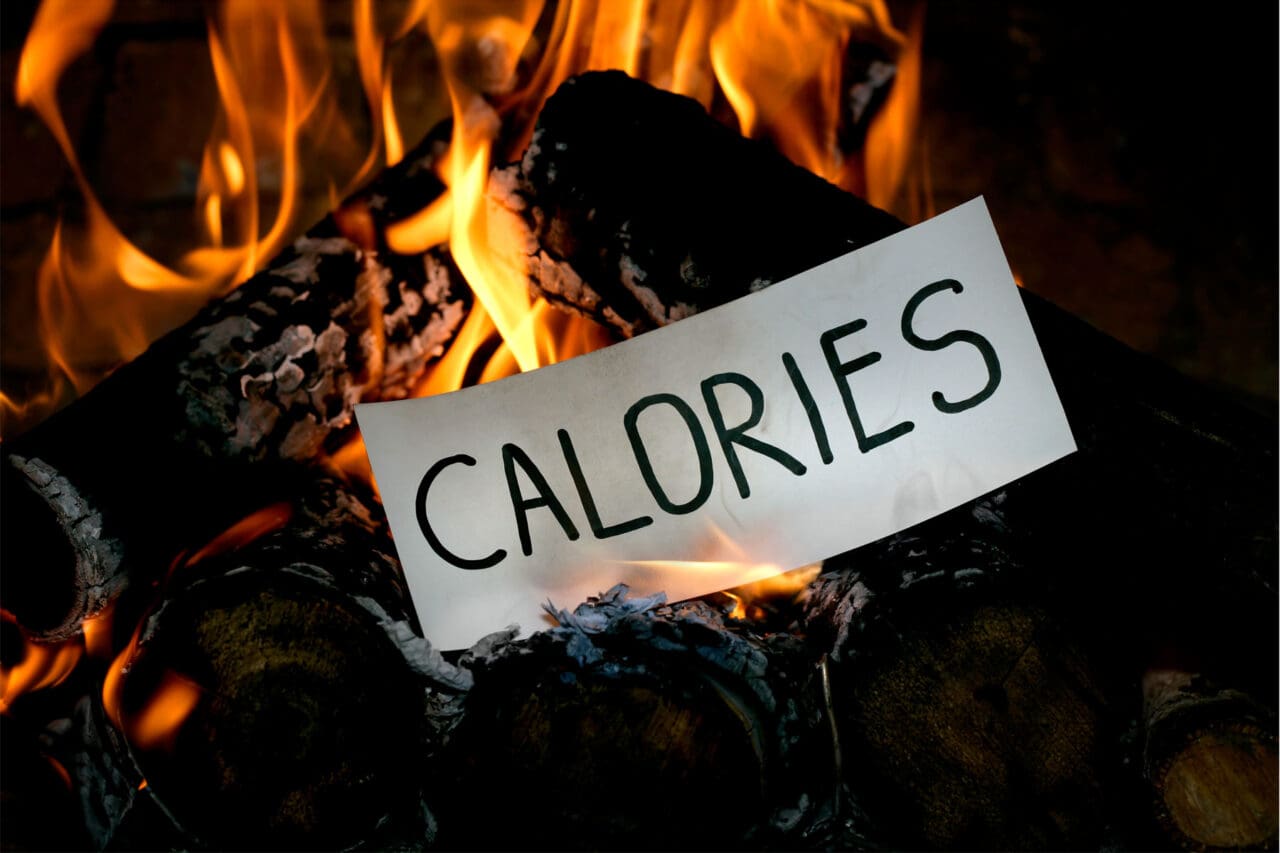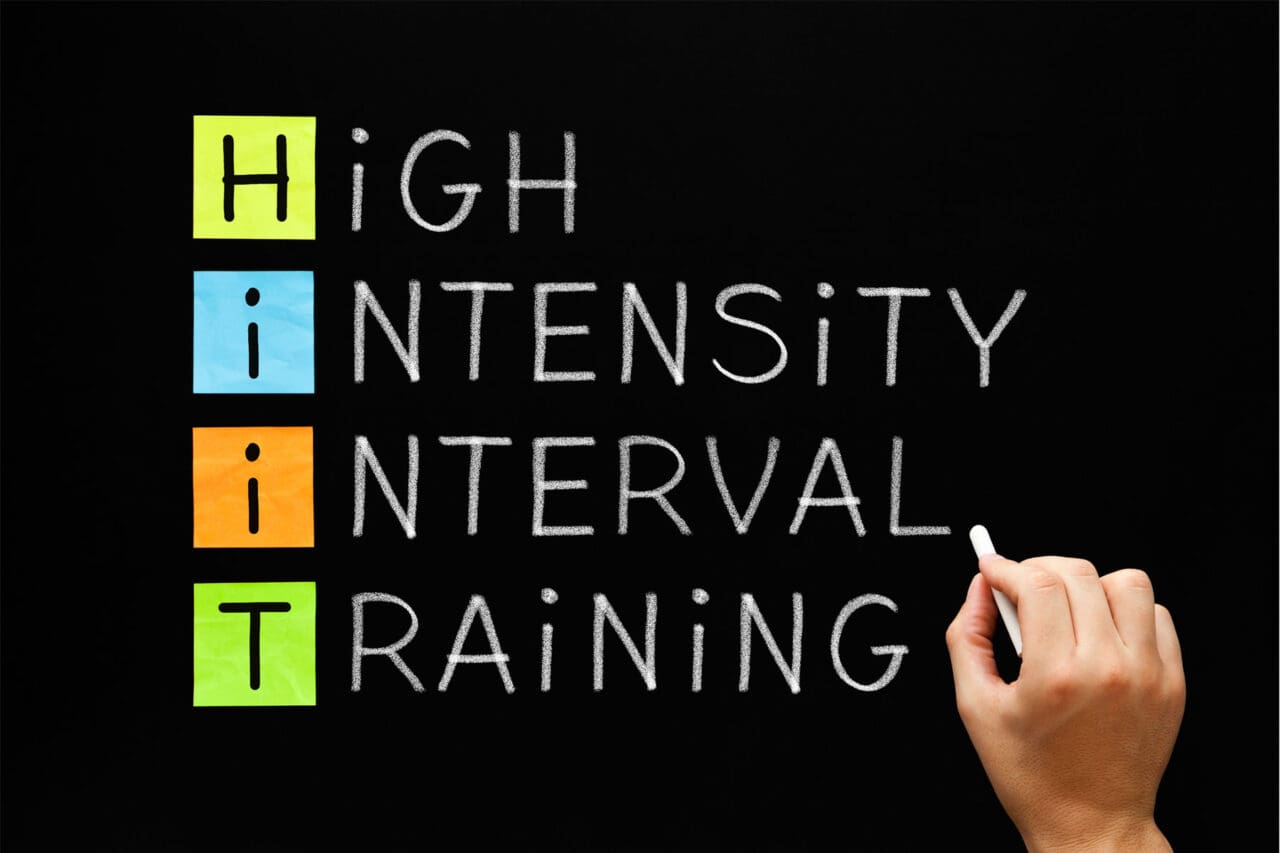High-Intensity Interval Training, commonly known as HIIT, has taken the fitness world by storm, and for good reason. This type of training promises an efficient, effective workout that improves cardiovascular fitness, burns fat, and builds muscle – all in a short amount of time. But what makes HIIT so effective? Let’s explore the science behind it.
WHAT IS HIIT?
HIIT involves alternating short bursts of intense exercise with periods of lower-intensity recovery or rest. For example, a typical HIIT session might involve 20-30 seconds of sprinting followed by 40-60 seconds of walking or resting. These intervals are repeated for a set amount of time, usually 15-30 minutes.
THE SCIENCE OF ENERGY SYSTEMS
HIIT taps into both the anaerobic (without oxygen) and aerobic (with oxygen) energy systems in your body.
Anaerobic System: During the high-intensity intervals, your body relies on anaerobic pathways, using stored glycogen as fuel. These short bursts push your body to its limits, causing you to enter an oxygen deficit.
Aerobic System: During the recovery periods, your body utilizes the aerobic system to restore oxygen levels and convert stored fat into energy.
This dual system engagement allows HIIT to burn calories more efficiently than traditional steady-state cardio, such as jogging or cycling at a constant pace.

WHY HIIT BURNS MORE CALORIES
HIIT workouts often lead to a phenomenon called excess post-exercise oxygen consumption (EPOC), also known as the “afterburn effect.” After a HIIT workout, your body continues to consume oxygen and burn calories at an elevated rate as it works to return to its resting state. This effect can last for hours after the workout, leading to greater overall calorie expenditure compared to a traditional workout of the same duration.
HIIT AND FAT LOSS
HIIT has been shown to be particularly effective for fat loss, especially abdominal fat. Studies have found that HIIT can increase fat oxidation and improve insulin sensitivity, which helps your body use fat as a fuel source more efficiently. Moreover, because HIIT burns a lot of calories in a short period, it creates a larger caloric deficit, which is key for fat loss.
MUSCLE BUILDING WITH HIIT
In addition to fat loss, HIIT can also help build muscle, especially if strength training exercises like squats, lunges, and burpees are incorporated into the intervals. The short, intense bursts of activity create a high level of mechanical tension on the muscles, stimulating muscle growth.
HEART HEALTH AND CARDIOVASCULAR BENEFITS
HIIT is excellent for improving heart health and increasing cardiovascular endurance. By pushing your heart to work harder during intense intervals, you increase its efficiency in pumping blood and oxygen to the muscles. Over time, this improves overall cardiovascular fitness, lowers resting heart rate, and can reduce the risk of heart disease.

HIIT AND TIME EFFICIENCY
One of the biggest advantages of HIIT is its time efficiency. Many people struggle to find time for long workouts, but a HIIT session can deliver significant results in just 15-30 minutes. The intense nature of HIIT means you’re working at near-maximal effort, so you can achieve the same, if not better, results than with a longer, moderate-intensity workout.
IS HIIT FOR EVERYONE?
While HIIT offers many benefits, it’s important to note that it may not be suitable for everyone. Beginners should start slowly and gradually build up intensity to avoid injury. HIIT is also very taxing on the body, so it’s important to allow adequate recovery time between sessions. Listening to your body and consulting with a fitness professional can help you decide if HIIT is the right choice for your fitness goals.
CONCLUSION
The science behind HIIT is clear – it’s a powerful, time-efficient workout method that delivers numerous fitness benefits, from fat loss and muscle gain to improved cardiovascular health. Whether you’re a busy professional, an athlete, or someone looking to get the most out of your workout in the least amount of time, HIIT offers a compelling approach to achieving your fitness goals.
By understanding the mechanisms at work, you can maximize the effectiveness of your HIIT sessions and enjoy the many health benefits it provides.



